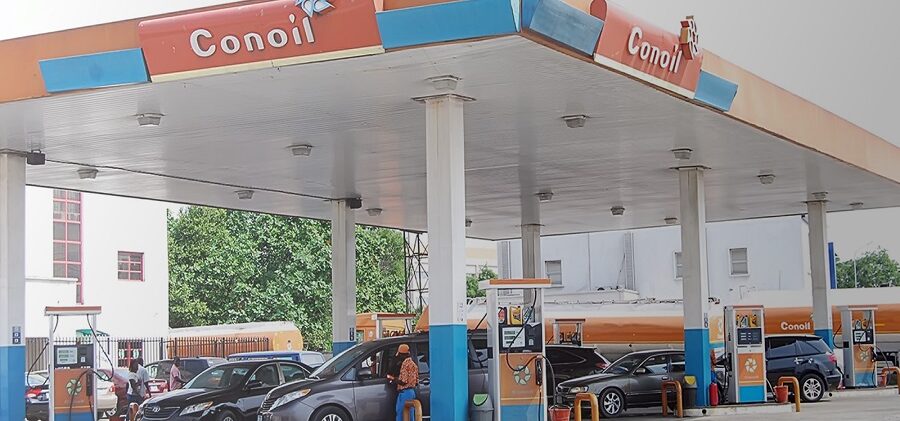Conoil Plc started the year on unsteady feet with a colossal 93 percent fall in pre-tax profit in the first quarter of 2025 to N372 million.
That is its lowest in three years since 2021. For the first time in previous quarters, when foreign exchange losses or increasing cost of doing business could have been the cause of such a decline, here, the pain is because of speculative finance costs fueled by aggressive borrowing.
Conoil’s short-term borrowings went up by a massive 48 percent during January and March 2025, primarily through a 29.75 percent bank overdraft. This is a huge jump in the cost of borrowings that nearly doubled the company’s finance charges within a quarter, tightening its profitability despite comparatively fixed overheads.
This is particularly concerning as Conoil had closed 2024 on a high, with a revenue of N323 billion and a positive rebound. Q1 2025 has a different story to tell, however.
Revenue Decline Piles Pressure
Conoil’s revenue during the first quarter was N79.3 billion, 13 percent less than the same quarter last year. Diesel and fuel were white products that kept expanding Conoil’s revenue, representing 96 percent of revenue, while lubricants represented the last 4 percent. All revenues were local, which reflected the company’s vulnerability to local trends.
Although the cost of sales dropped by 9 percent, it was not deep enough to place the company in the profit zone. Gross profit fell 43 percent to N5.3 billion, lowering the gross margin to 6.7 percent from 10.2 percent in the previous period. Even though the overheads remained the same at N2.6 billion, they now represent almost half of the gross profit as opposed to much lower in the previous year.
High Interest Charge Raises Eyebrows
Nonetheless, its weakest performing segment was its increasing interest charge, which increased to N2.29 billion in Q1 2025 from N983 million in the same period last year. This is in line with Conoil’s increasing overdraft commitment, which increased by nearly half to N42.4 billion. Its debt facility now exceeds the company’s shareholders’ equity of N39.78 billion.
This is a material change in the financial composition of the company, where Conoil is more dependent on borrowed funds than on equity capital. That is not a position to be in, particularly in a line of business with slim margins and high volumes.
The company disclosed in its reports that the overdrafts are at the lender’s option and carry a high interest rate charge computed on NIBOR plus the lender’s markup. Surprisingly, no collateral backs the borrowings, thereby widening exposure to financial risk.
Liquidity Tension Builds
The company’s balance sheet is also additional proof of the growing pressure. Its gigantic asset base is 96 percent current assets, but 63 percent of it is blocked in receivables. That translates to a humongous pileup of unpaid bills. Inventories also grew by N10.4 billion and receivables by N11.47 billion, suggesting more products sold on credit. Cash flows have not been this charitable, though.
While so, Conoil’s payables increased by N7.85 billion, and the company is drawing its own liabilities. Together, more than N14 billion has been drawn into the company’s working capital cycle within a quarter, an indicator of pressure on operations.
Conoil’s current business model, purchasing fuel, selling on credit, and borrowing to make up cash shortfalls at exorbitantly high-priced overdrafts, may have been acceptable under more generous economic times. However, under the current low margins and high interest rate environment, the model is fast becoming impossible.
It hasn’t gone unnoticed by investors. Conoil shares have plummeted by a staggering 39.4 percent since January. It’s listed at number 146 on the Nigerian Exchange (NGX), and a phenomenal 29 percent of the fall occurred in weeks between May 20 until today, speaking volumes of increasing investor dismay.
While the firm remains well placed in the petroleum marketing game, it is at greater risk if it can’t maintain its position on cash flow, debt burden, and credit risk. If not addressed urgently, Conoil might face not just quarter-to-quarter fluctuation but long-term fiscal headwinds.



